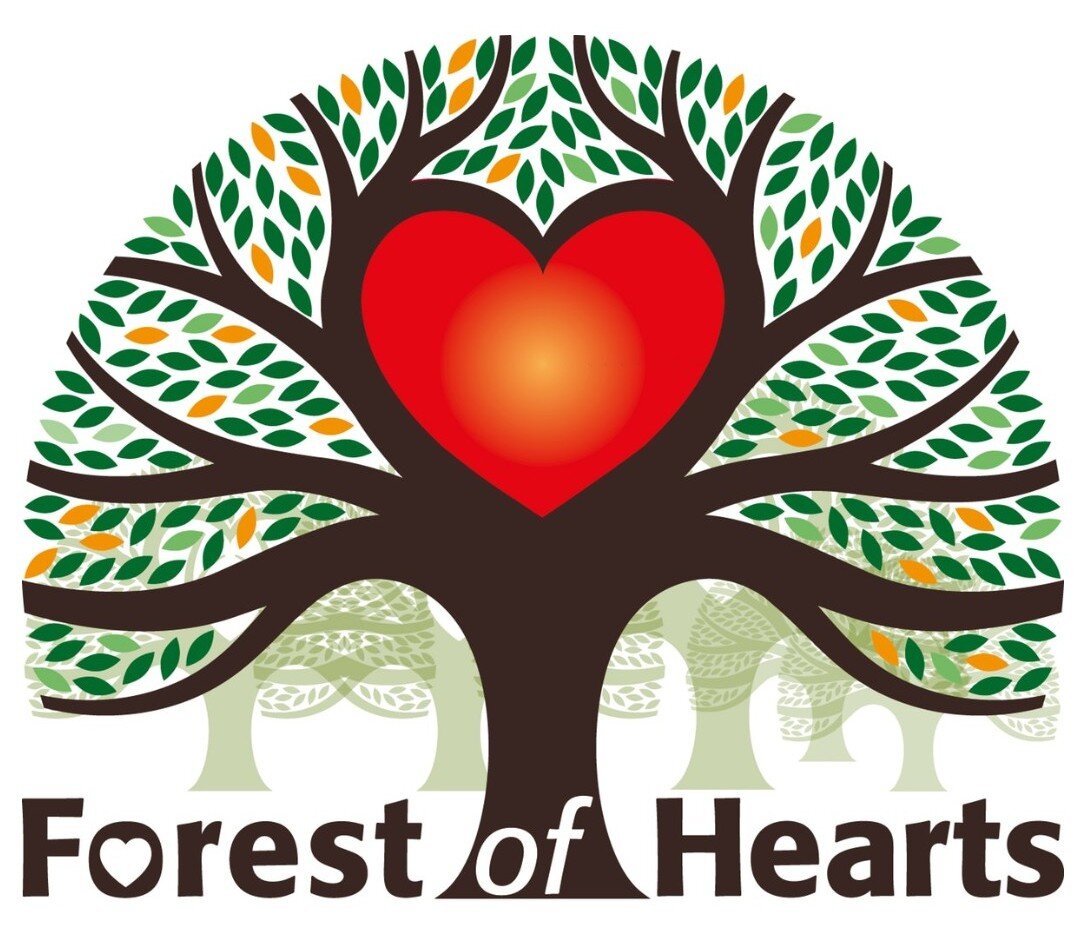January plant of the month: Crataegus (Hawthorn)
Common name: Hawthorn
Origins
Crataegus or hawthorn is also known as May, May apple, May tree, and May blossom because of the vast white (or sometimes pink) flowers that come out to signal Spring. It is a member of the rose family (Rosaceae) and the many different varieties and hybrids are native to Europe, Asia, North America, and potentially North Africa.
The word "hawthorn" comes from haw—the German for hedge—and thorn because of its thorny branches. It has been used in hedges, for marking properties, and as a means of shutting people out since ancient times. It is also called quickthorn, thornapple, whitethorn, or hawberry.
Traditional uses
Hawthorn has a strong connection with old herbalism and with witches of the past. It was thought to be a heart tonic both physically and metaphorically. The leaves and flowers are used medicinally to treat heart disease today. The plant is cardio-protective, can help high and low blood pressure, and reduces cholesterol and inflammation. Hawthorn is also thought to help with heartbreak, grief, and loss.
Hawthorn at our Field of Life
The Forest of Hearts are using hawthorn within our hedges at the Field of Life. Our green therapy group helped to plant a hawthorn hedgerow on the 17th December before having a Christmas celebration.
Why are we using hawthorn at the Forest of Hearts?
Hawthorn dramatically reduces air pollution
The Woodland Trust (2012) listed common hawthorn (Crataegus monogyna) as one of the best trees for improving air quality.
Hawthorn produces oxygen and captures carbon dioxide
Like other trees, planting hawthorn can help combat climate catastrophe. Hedgerows play a major role in sequestering carbon above and below ground. Coppiced hedge material can also provide energy. The Organic Research Centre (2015) estimated that 66 metres of coppiced hawthorn could produce 20,000 kWh, the typical annual energy consumption of a house.
It is very wildlife-friendly and boosts biodiversity
Hawthorn is a key foodplant for moth caterpillars (such as the hawthorn moth). Bees visit the flowers in the spring and birds (such as redwings and thrushes) eat the antioxidant-rich berries (known as haws) in the autumn. Dormice, who are great food for birds of prey, also eat the flowers. The dense foliage makes a good shelter for small mammals and birds.



